The world is changing everyday! Don’t miss the latest trends in Creativity, Marketing and Business! We will bring the whole world to you.


There has always been a lot of competition between logistics companies. Today they devote close attention to establishing a strong online presence. By launching their own websites players get an excellent chance to gain a competitive advantage by disclosing relevant information about their business and advertising their services. In short, companies use their websites as a powerful marketing tool.
But what's the magic formula for creating a successful website? There are some essential things that should be taken into account when it comes to designing a website for a logistics company.
Logistics website designers can answer this tricky question. Read this article to get an idea of what such a website should look like.
Let's take a quick glimpse at the most common types of logistics company websites. You may recognize some of them.
Corporate Websites
They are run by firms that want to inform potential and current clients about their mission, services, fleet, news, and more
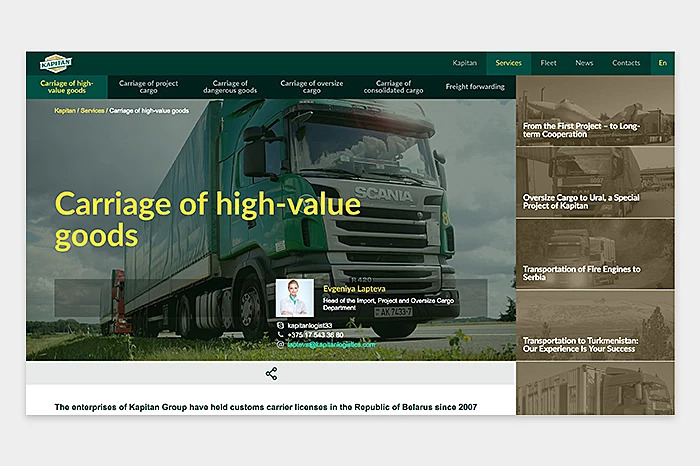
These online platforms usually do not have their own fleet and act as an intermediary between shippers and carriers. They receive the income from matching capacity with demand in real-time, i.e. the websites bring together carries/forwarders and shippers.
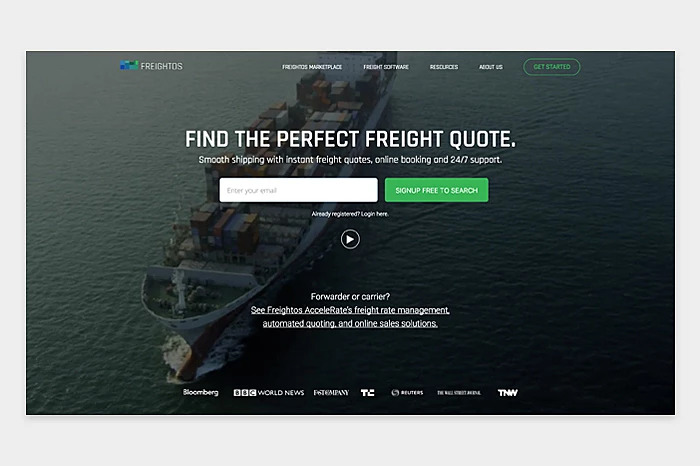
These websites offer an extensive range of services to their visitors: transportation, warehousing, packaging, distribution, etc. They take on the role of the agent that arranges the movement of freight from one location to another.
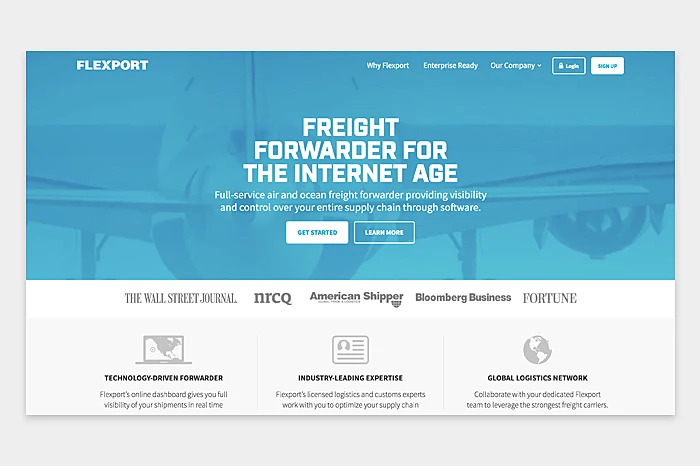
To sum up, the business model chosen by the provider (not its fleet) usually determines features and functionalities of the website.
Useful Tips For Designers Who Start Logistics Website Design Project
Providers of web development services should gain a full understanding of their client’s business model. E.g., a sophisticated model is likely to transform into a multi-page website, while a one-page website may be enough for a startup.
Here are some pieces of advice for designers who are going to work on any of the above-mentioned types of websites.
Essential Features
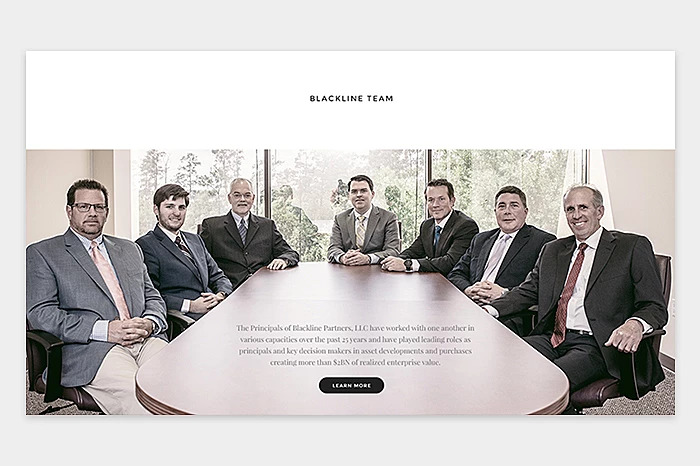
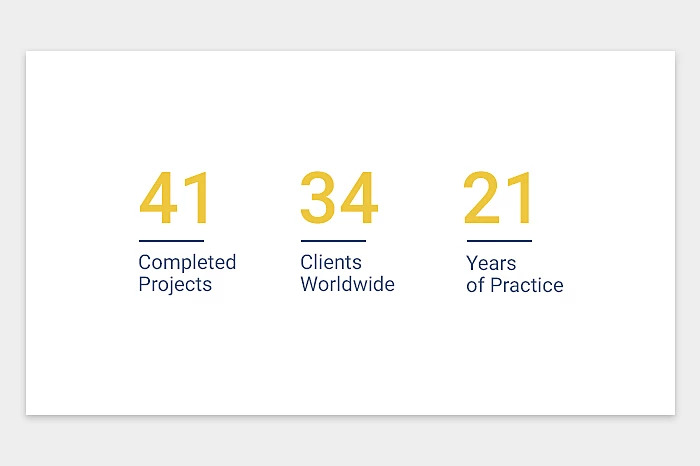

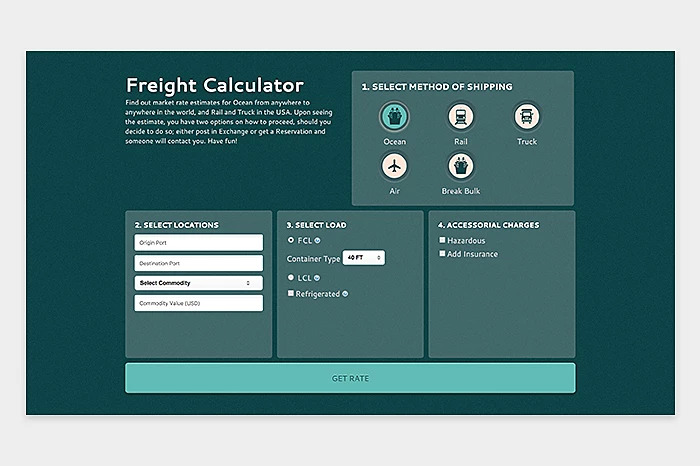
Important Features
Functional Advice
General Features
Functional Tips
Have you already understood how to create the best logistics website design solution? Check these tips to get more inspiration:
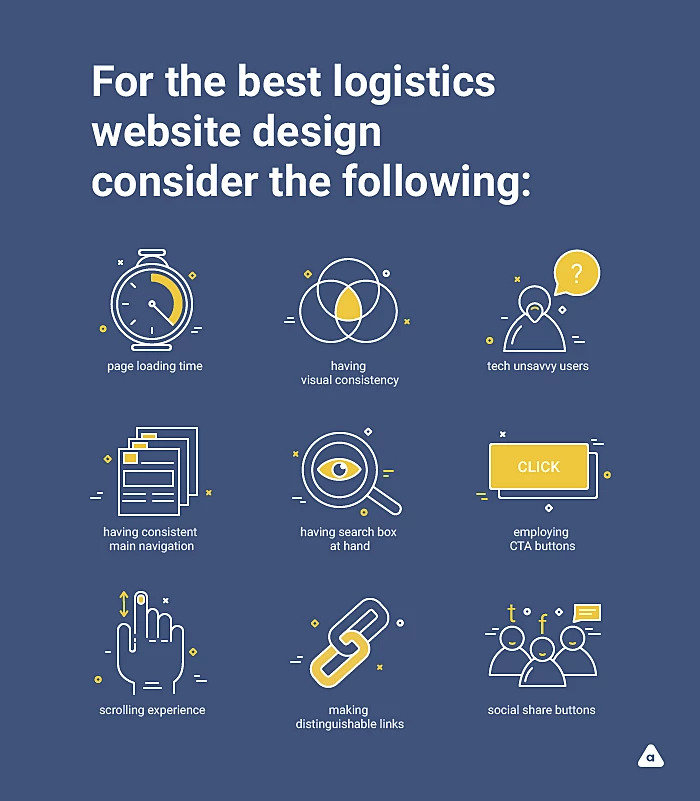
1. Keep in mind page loading time

People feel frustrated if they have to wait too long. Page loading time is extremely important: each second counts, as there is a risk that the visitor may abandon the web page. So, make sure that all the pages load quickly or show a custom page loading effects (e.g., animation) to entertain users.
2. Have absolute visual consistency

It is common knowledge that visual consistency must not be neglected. All the elements should live in the perfect harmony with each other. Use the color theory to select colors for future web pages, and draw icons that visually describe their functions and purpose. Do not forget about contrast. Choose an eye-catching background image to top it off. You may pick the image that illustrates services offered by the customer.
3. Keep in mind tech unsavvy users

According to a recent study, many adults are not tech-savvy, and some of these users are part of the logistics service provider's target audience. That’s why the hamburger menu is not always the right choice. Some people may fail to use it, as they are not familiar with this tool. Besides, such menus are hard to notice.
4. Have consistent main navigation
Consistency is one more rule: the menu should stay the same throughout all the pages. Place the company logo in the top left corner to let visitors go back to the home page by clicking on it.
5. Make the search box visible

Visitors should have the opportunity to use the search box at any time. All the site’s pages should have this element unless you are going to create a very small site.
6. Employ CTA buttons

CTA buttons can be employed, too. Feel free to make them interactive. Animations and microinteractions can be utilized elsewhere to draw visitors’ attention. But be cautious and do not overuse them.
7. Ensure good scrolling experience

People like scrolling more that clicking. Keep in your mind the two rules of ensuring good scrolling experience:
1. Make a scrollbar visible.
2. Pages should not be too long.
8. Make links distinguishable

Links should be distinguishable to encourage users to open them.
9. Add social share and follow buttons
Can people leave without social networks? 1.94 billion monthly active users of Facebook and 313 million monthly active users of Twitter will definitely say "No". It is wise to add social share and follow buttons to all the pages or even let users log in to it with their social logins.
Websites have become online business cards for logistics companies. The role of UX and UI for such websites cannot be overestimated. Designers and developers should work closely together to develop a product that people will love.
X2 Global Media designers apply their expertise to create great websites and mobile solutions.
Feel free to reach us at contact@x2globalmedia.com to learn more about our services.
The world is changing everyday! Don’t miss the latest trends in Creativity, Marketing and Business! We will bring the whole world to you.